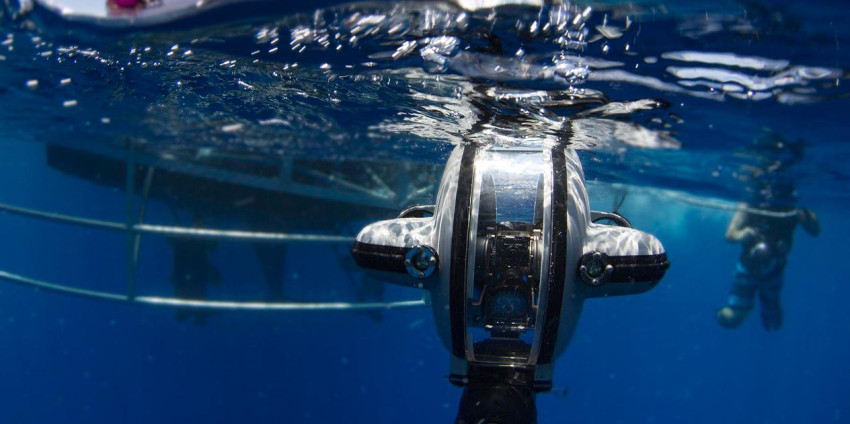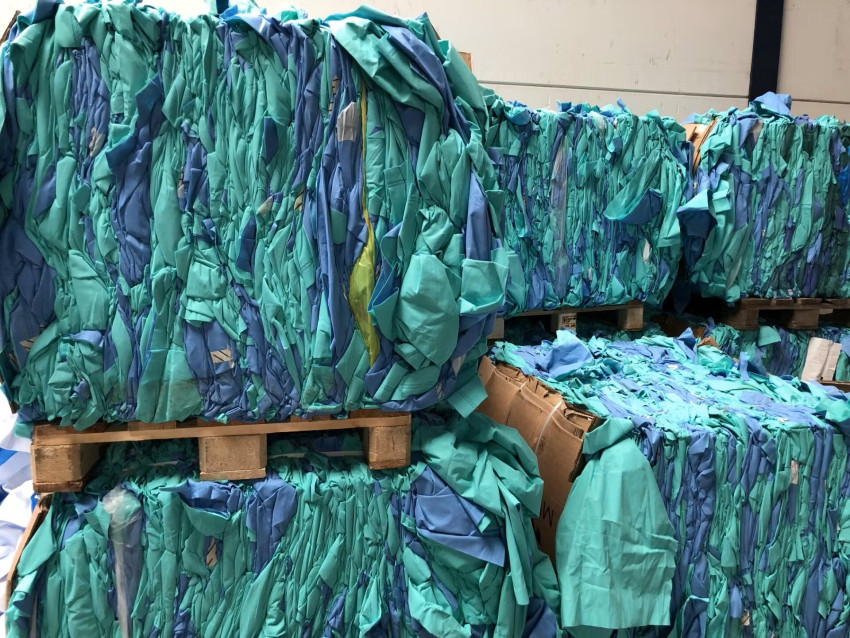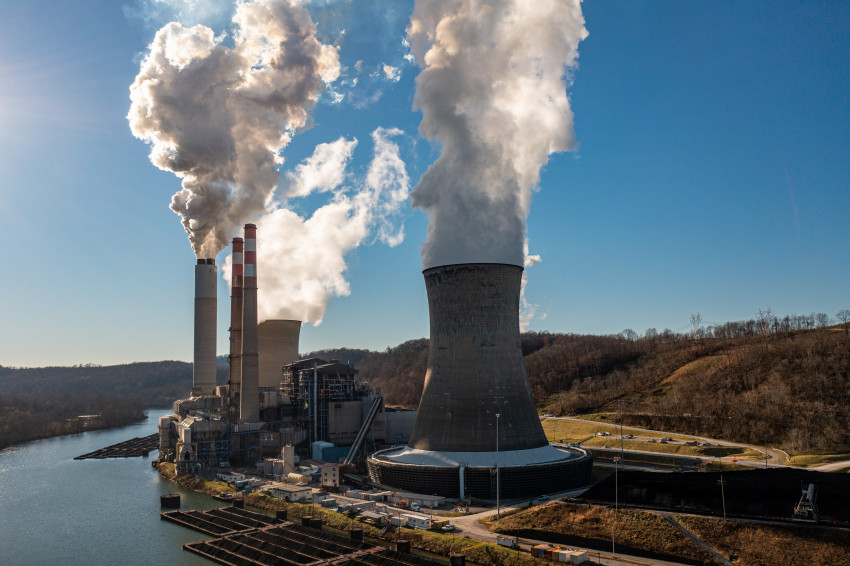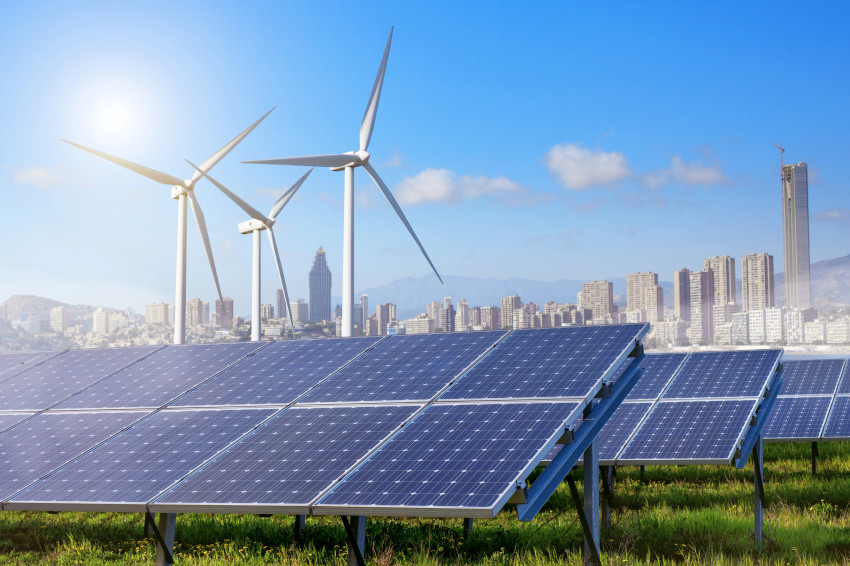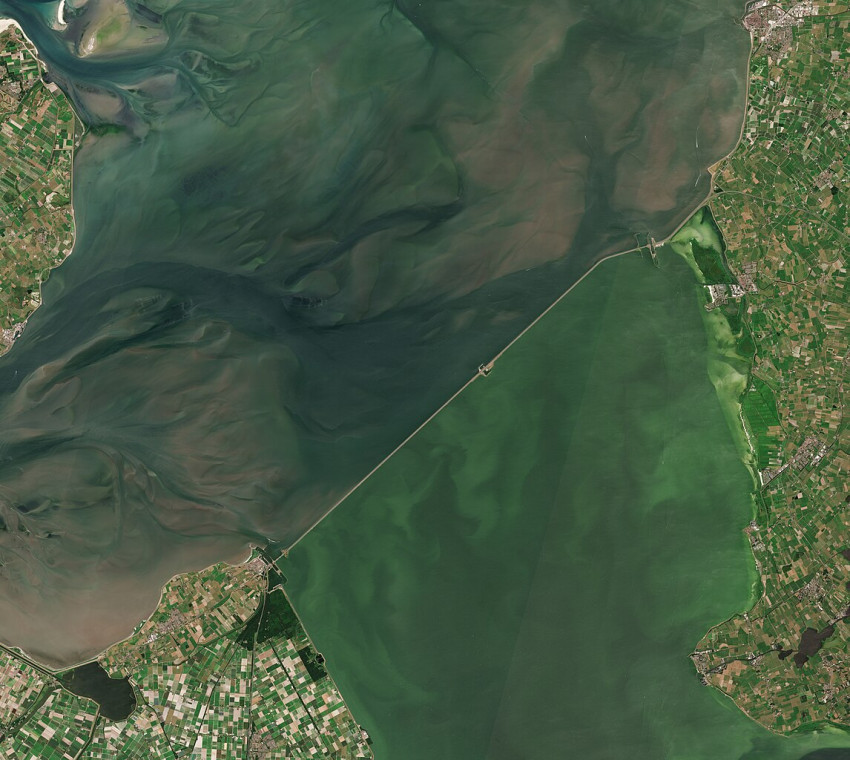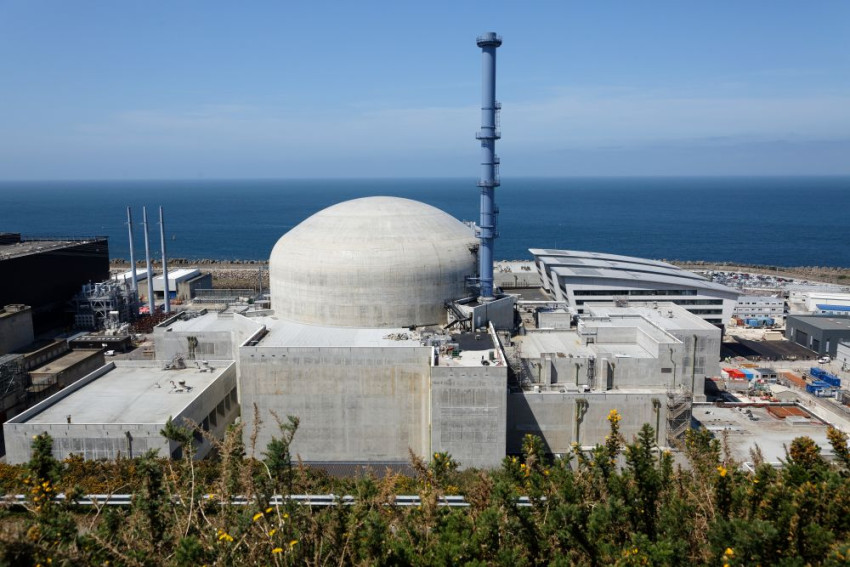
Nuclear energy is too expensive
If nuclear energy is to play a role in a low-carbon energy infrastructure, its costs must be drastically reduced. That is the uncompromising conclusion drawn by nuclear scientists from MIT in the USA in a new study. ‘Nuclear energy will gradually fizzle out if this can’t be done.’

Is nuclear energy essential if we want to reduce CO2 emissions significantly by 2050? ‘That is something we wanted to verify as objectively as possible,’ says Professor Jacopo Buongiorno, one of the authors of the study ‘The Future of Nuclear Energy in a Carbon-Constrained World’. ‘Could wind and solar power become so cheap that we no longer need nuclear energy at all? Or does nuclear energy have advantages that we actually need with a strictly CO2-free energy infrastructure? The study answers these kinds of questions.’
Buongiorno (47) is a professor at the Department of Nuclear Science and Engineering at MIT, and director of the Center for Advanced Nuclear Energy Systems. He is the spokesperson for the study, and has already completed a whole series of interviews and presentations in the first week after it was published. ‘Our message is obviously getting noticed.’
So, what are the results? What will be the role of nuclear energy, what conditions must it meet, and what is the situation concerning the thorium reactor? The MIT study on the future of nuclear energy, summarised in six positions.
Nuclear energy can ensure that a sustainable electricity system remains affordable
Technically, it’s perfectly possible to produce all the electricity we need using sources that we cannot control, such as the sun and wind. ‘However, that means you need a way of storing energy, and so much generation overcapacity that your electricity infrastructure becomes very expensive,’ according to Buongiorno. He refers to the model calculations that were carried out for the study. Assuming a certain pattern of electricity demand, they looked at the cheapest way of achieving the required generation capacity.
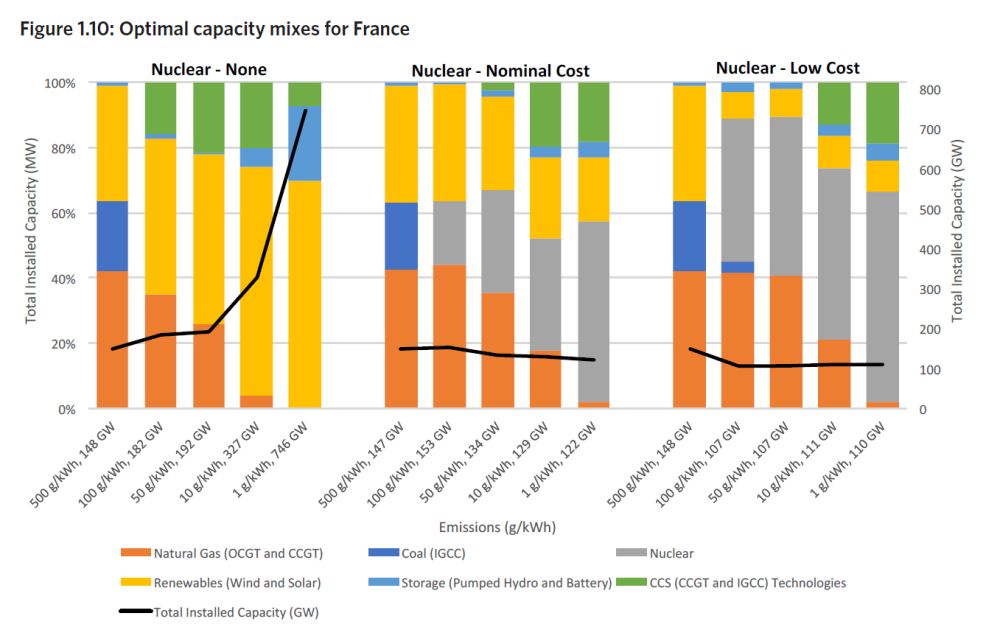
Three situations were analysed: without nuclear energy, with nuclear energy at current costs, and with nuclear energy with a considerable cost reduction (for power supplies in France, among others). ‘Assuming far-reaching CO2 reductions, the generation capacity required if only renewable sources are used is five times that of the situation where nuclear energy is part of the equation. The underlying reason is quite simple: nuclear energy can deliver as needed, but wind and solar alone require an energy storage buffer.’
At the same time, Buongiorno emphasises that wind and sun still play a role in his model calculations. ‘Generating electricity in Texas with renewables is cheap, so wind and solar will always play a major role.’ The role played by nuclear energy is mainly determined by economic considerations based on cost comparisons. The cheaper nuclear energy is, the greater the share it has, and vice versa. Even if wind and solar drop sharply in price alongside cheaper nuclear energy, the latter will still help keep the sustainable electricity infrastructure affordable.
Nuclear energy has to be much cheaper
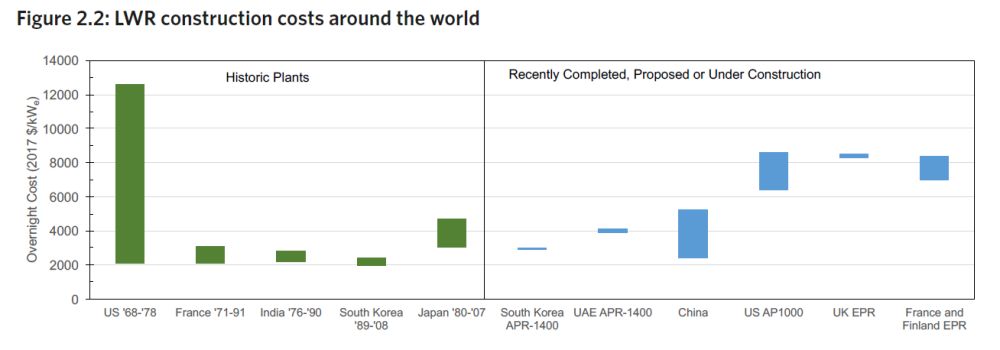
Buongiorno notes that nuclear energy is still way too expensive. This is especially true in the West, where new power stations cost around €6,800 per kW. ‘What is happening in the United States right now is obvious for all to see. Ten years ago, they were still talking about the rebirth of nuclear energy, and thirteen new power stations were planned. What happened? It took a lot of effort to get just two off the ground. It’s not because of a problem with the technology or people’s fear of nuclear energy, it’s simply because the price of nuclear energy can no longer compete on the electricity market. There are even cases of power stations that have been in operation for thirty years and written off their investment costs, but which still can’t compete financially.’
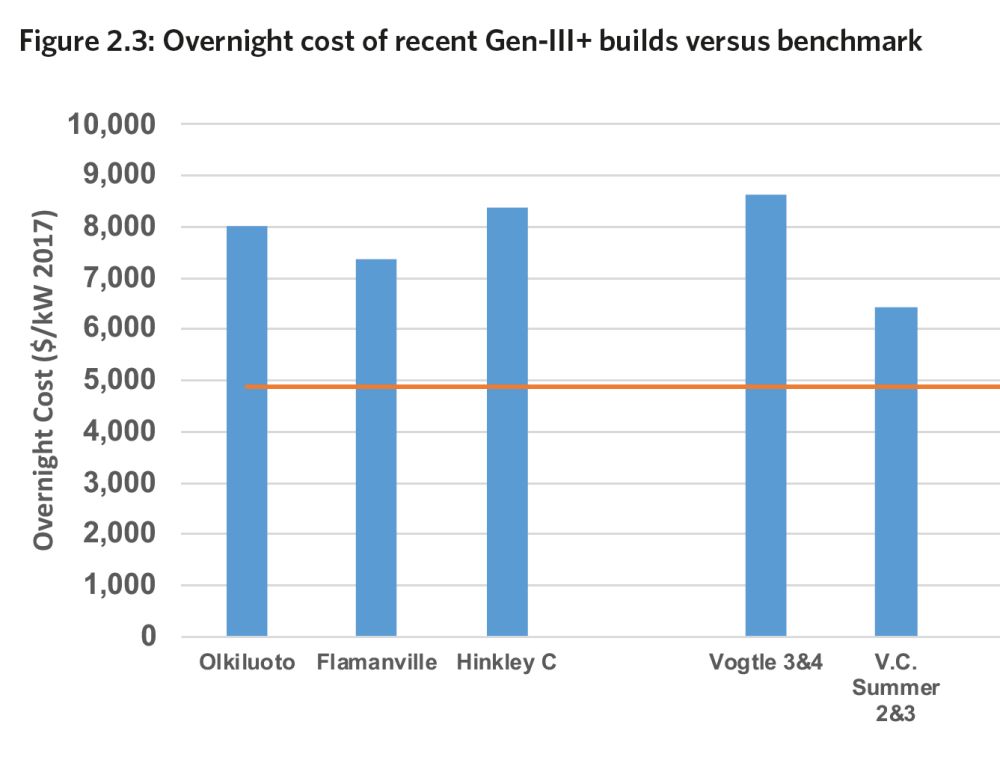
If these costs cannot be reduced, Buongiorno believes that the fate of nuclear energy is sealed. ‘Even its contribution to reducing CO2 won’t be enough to justify giving it a bigger role. Nuclear energy will gradually fizzle out.’
The high costs of new nuclear power stations reflect the failure of the industry
It is striking that these high costs only affect the West. ‘In China, India and South Korea, things are very different: nuclear energy is competitive in these countries, proving that these high costs are not related to technology. Closer inspection shows that these are all high-pressure water reactors, which from a distance look quite similar. The problem is therefore the inability of the industry in the West to build the installations efficiently.’
The facts speak for themselves. In Western Europe and the United States, building new nuclear power stations consistently takes many years longer than planned, and budget overruns are in the billions. These include the latest types of nuclear reactors currently under construction: the EPR of nuclear power station builder Areva in Europe, and the AP1000 of Westinghouse in the United States. ‘This aspect intrigued us, because in the industry the costs of installations, even very large ones, usually fall over the course of time.’
Buongiorno describes various causes. For example, the industry has forgotten how to build these new power stations. ‘Nothing new has been built for 25 to 30 years, so there are no experienced management or engineering teams. In fact, the new construction projects are the first projects of their kind for the industry.’
Another factor is the way power stations are built. ‘It’s all done very traditionally, with all the equipment taken to the construction site, and assembled there. That’s not a problem if productivity is high and labour costs are relatively low, but neither of these are true in the West. Our productivity in building nuclear power stations peaked in the 1950s, and has fallen since. That means we’ll have to develop a different approach in the West. Produce as much as possible in a factory where productivity is high, and only use the construction site to connect larger elements.’
Furthermore, the high costs lie not so much in the nuclear equipment as in the preparation of the building site, the cooling system and the installation work. ‘That was a big surprise for us.’
Treat nuclear energy in the same way as other low-carbon energy sources
Buongiorno is surprised that nuclear energy is not treated in the same way as other low-carbon energy sources. ‘There are lots of programmes subsidising wind and solar energy in many Western countries, but nuclear energy is excluded for political reasons. That makes no sense, and detracts from achieving the ultimate goal: fewer CO2 emissions. After all, the decisive factor must be the carbon emissions associated with the energy generated. Let the industry and the market decide how this can be done in the most economical way. An overall tax on CO2 emissions is a much better tool.’
Nuclear energy is perfect for combining with wind and solar energy
A frequently heard argument is that nuclear energy must continuously produce to justify the investment made, so it obstructs access to energy generated from wind and solar sources. ‘That's not the case,’ says Buongiorno. ‘Nuclear energy can be perfectly balanced with varying demand, even if the sun and wind provide part of that demand, as is also evident in production data from France and the United States. How this is shared is ultimately determined by the price. Modern power stations are also being specially designed to ease rapid scaling up and down, so the flexibility of nuclear will only increase.’
Advanced reactor types, such as the thorium reactor, are not strictly necessary
Given the emphasis on cost reduction, standardisation and cheaper generation, it is not an obvious step to use advanced reactor types that have yet to be further developed. ‘Advanced reactor types are indeed unnecessary in the future role of nuclear energy within a low-carbon energy infrastructure. Modern reactors such as the EPR and the AP1000 are already safe enough with their passive systems.’
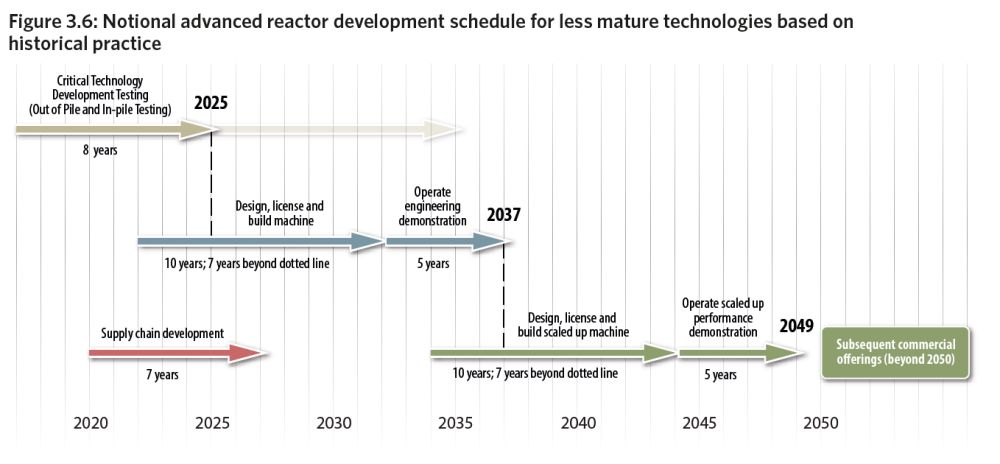
Nevertheless, Buongiorno is in favour of some of these advanced reactors, such as NuScale’s modular reactor. Technically, this reactor resembles the current high-pressure water reactor, but consists of relatively small modules of about 50 MW. ‘We’ll move up the learning curve rapidly if we have to produce about 30 of those modules. This type is also ideal for manufacturing in a factory, where a complete module of this type can be assembled.’ However, there is still a long way to go: NuScale’s investment costs are not very different to those of reactors currently under construction. ‘NuScale will have to reduce its costs considerably if the company wants to gain market share.’
He calls the high-temperature gas reactor the most promising of the Generation IV reactors. ‘The advantage of this reactor is that it can deliver temperatures from 500°C to 950°C, unlike the 350°C of existing plants. That is useful for certain industrial processes, where it can offer an alternative to burning natural gas.’
More advanced reactors may also be of interest for generating energy in countries without a high-quality nuclear infrastructure. ‘These countries require highly-automated simple power stations that can tolerate a certain margin of human error, like NuScale’s modular reactors.’ According to Buongiorno, developing advanced reactors may also be a way of winning the trust of the public.
For the time being, Buongiorno thinks the chances for the thorium reactor are slim. ‘It’s an interesting concept, but still needs a lot of work before the first one has been built. We can’t wait that long if we’re going to meet the Paris Agreement by 2050. We need technology that can be deployed in the next ten to fifteen years.’
If you found this article interesting, subscribe for free to our weekly newsletter!
This article was published in the October issue of De Ingenieur.

